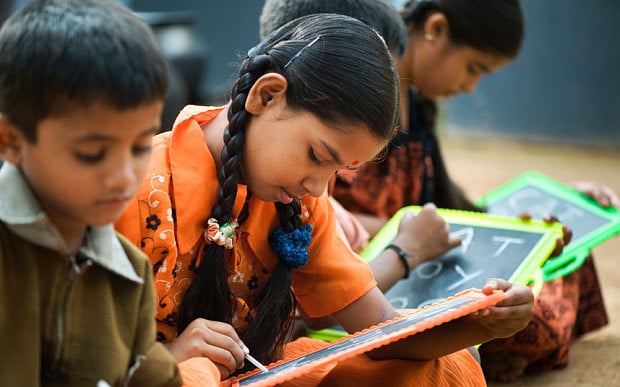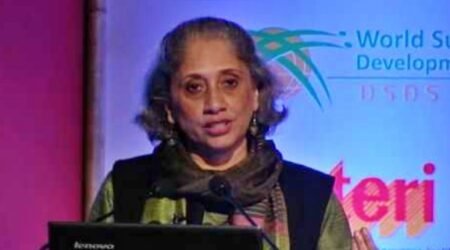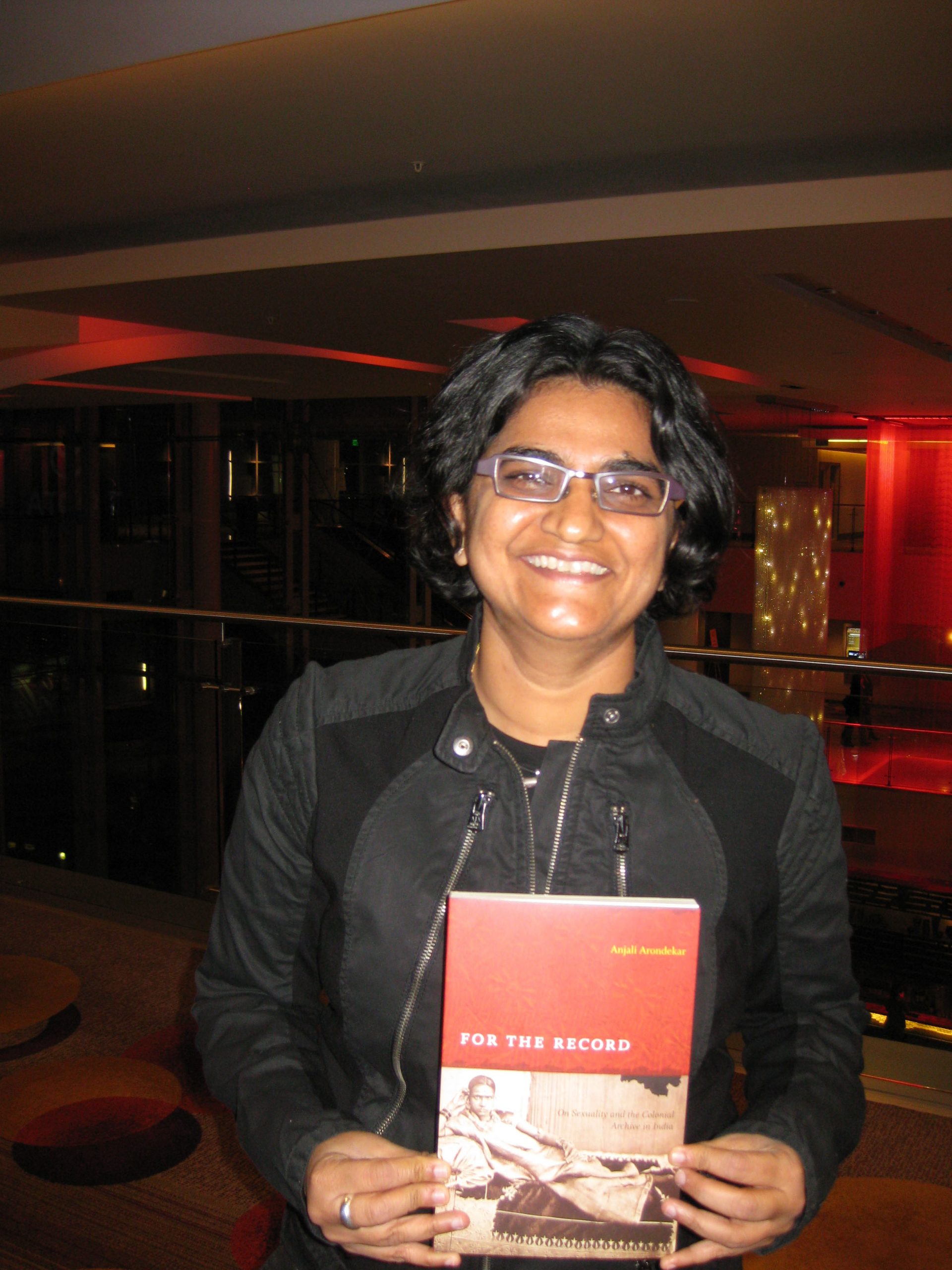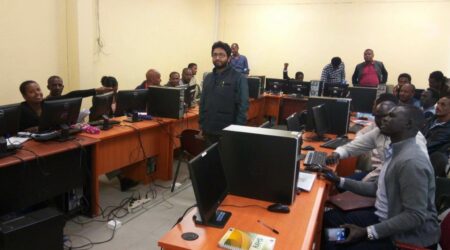By Dr. Nisha Sahai Achuthan
While the pros and cons of different aspects of India’s National Education Policy (NEP) 2020 continue to be debated, I am focusing here on assessing the NEP proposal to include children in the age group 3-6, not covered in the existing 10+2 school structure, where Class 1 begins at age 6. This proposal, based on the tested-efficacy of the concept of Early Childhood Development (ECD) and Early Childhood Care and Education (ECCE), embedded in the public school systems of much of the Western world for decades, and long-discussed in the Indian context, is likely to be the biggest game changer, if and when implemented. It would bring within its fold crores of marginalized children in rural India. But is it doable by 2030, the target date?
The Problem of Numbers and Quality
The problem, as the NEP admits, is that quality ECCE is presently “not available to crores of young children, particularly from socio-economically disadvantaged backgrounds.” As per the 2011 Census, India had 158.7 million children in the 0-6 years age group, and as per a World Bank report of 2018, “India is home to approximately 164 million children 0-6 years of age, …with 38.4 percent children under 5 years of age stunted, 21 percent wasted…”
Even more telling is the situational analysis, as reflected in the 2020 Annual Status of Education Report (ASER), based on its internationally recognized 2019 Survey – conducted annually by Pratham, the largest NGO in India working in this field: “At least 25% of school children in the 4-8 age group do not have age-appropriate and essential cognitive and numeracy skills, which then makes for a massive ‘learning crisis’ at a very early stage”. “Only 16% of children in Class 1 in 26 surveyed rural districts can read text at the prescribed level, while almost 40% cannot even recognize letters. Only 41% could recognize two digit numbers” and it further notes that “Although almost half of all 4-year-olds and more than a quarter of all 5-year-olds are enrolled in Anganwadis, these children have far lower levels of cognitive skill and foundational ability than their counterparts in private LKG/UKG classes.”
While no overall data is available on the Govt./Private School enrolment, it is obvious that but for the very small percentage of kids attending fancy, expensive, private pre-schools in urban India—many in tune with the latest pedagogical Best Practices from the West—or those in copycat, substandard “English-medium” private pre-schools mushrooming in almost all cities right down to Tier 6, and in many Districts too, the ones excluded are the remaining millions from rural India. Bringing them into the fold by the target date of 2030, as set by the NEP–presumably to be in sync with the 2030 target date for ECD as set by the UN (SDGs) — would be a herculean if not an impossible task.
Evolution of ECCE in policy formulation
As with all policy frameworks, the concept of ECCE evolved over time in India—starting with the adoption of the National Policy for Children (1974), following which the Integrated Child Development Services (ICDS) was initiated as a pilot project in 1975—which was to become the largest project globally in terms of its coverage – to lay the foundation for a “holistic and integrated development” of the child. With the many fault lines in the ICDS and its Anganwadi Centres, it remains the main vehicle for carrying the load of the millions of children in rural India to be brought within its fold, as per NEP 2020.
In 1986, the National Policy on Education (NPE) formulated with inputs from 23 task forces, discussed and adopted by the Parliament—and updated thereafter in 1992—devoted 8 full pages to ECCE. Key features of this included an overview of the existing ECCE programs run mainly by ICDS; improving Quality, Research and Development; expansion of ICDS ECCE to 20 lakh centers by the year 2000 and strengthening of preschool education component in ICDS; training, monitoring and evaluation.
While, this was the first attempt to embed ECCE within the educational policy framework, the document makes no reference to a committed investment strategy to implement its laudable albeit ambitious programs, even though as per NEP 2020, “Public expenditure on education has not come close to the recommended level of 6% of GDP, as reiterated in the Policy of 1986, and reaffirmed in the 1992 review. The current figure has been around 4.43% of GDP.” Hence as with NEP 2020 too, recommendations are of little consequence unless matched by action.
In 2002, an amendment of Article 45 of the Constitution stated: “The State shall endeavor to provide ECCE for all children until they complete the age of six years.” In 2010, the enacted Right of Children to Free and Compulsory Education Act (RTE), while addressing ECCE, went a step further by stating: “Government may make necessary arrangement for providing free pre-school education…”
In 2013, a 24-page document, the National Early Childhood Care and Education (ECCE) Policy was adopted by the Government “to promote inclusive, equitable and contextualized opportunities …to all children below 6 years of age.” This paper was divided into 13 subsections, key features of which included: Qualitative improvements, …also that the mother tongue / home language of the child will be the primary language of interaction in the ECCE; Strengthening Capacity, Research, Evaluation and Documentation; Monitoring and Supportive Supervision; Advocacy; Convergence and Coordination; Institutional and Implementation Arrangements; Increased Investment towards ECCE; Reviewing the implementation of the policy every five years, along with periodic appraisals and midcourse corrections,”
An objective, non-partisan assessment of the full document would lead one to conclude that this all-encompassing, comprehensive ECCE policy of the then Government was laudable, but which was not implemented because of their losing the elections in 2014, and as such it remained still-born.
Now, with NEP 2020 after a hiatus of 7 years, the concept of ECCE has once again after wide consultation been embedded therein taking up about 23 pages in its 65-page document, summarized as follows:
- a)Early Childhood Care and Education: Described as the Foundation of Learning and urging for a strong investment in ECCE;
- b)ECCE, described ideally to “consist of flexible, multi-faceted, multi-level, play-based, activity-based, and inquiry-based learning;
- c)A National Curricular and Pedagogical Framework “will be developed by NCERT, based on national and international best practices…in particular, the numerous rich local traditions of India.”
- d)Overarching goal will be “to ensure universal access to high-quality ECCE across the country in a phased manner, including professional training of Anganwadi workers/new cadre of teachers, infrastructure upgrading…”.
A perusal of this section of the NEP in original—available online–would point to it having built upon most of the conceptual aspects of the ECCE, as it had evolved over time, but more significantly, at the end laying out a coordinated implementation strategy for the entire NEP–with ECCE as a thrust area therein, and further, its commitment that “Centre and the States will work together to increase public investment in Education sector to reach 6% of GDP at the earliest.”
Meeting the target by 2030 and role of Civil Society
For the above goals to be met by 2030, the focus needs to be minimally on the following 3 critical areas simultaneously, and given that the ECCE component of the NEP 2020 is likely to have an all-party/all-India consensus, action on it needs to commence without delay:
- Pedagogic Quality and Training:The NCERT, NIPCCD would do well to draw upon the expertise of research centers early enough to finalize a module for adoption in all states within a given time-frame. For example, the Centre for Early Childhood Education and Development (CECED) has developed a Pre-School Education Kit in 2018 and a robust ECCE Training Module for Anganwadi Workers.
- Implementation of the implementation strategy: The proposed “Subject-wise implementation committees of experts for developing detailed implementation plans for each aspect of NEP” needs to be set up at least for the ECCE immediately.
- 3.Public Investment:Last, but not least, it is critical to start a serious dialogue on public investment in education to reach 6% of GDP at the earliest, “by Centre and States working together,” as per NEP. But given the record of all Governments since 1986, it is in this critical area, that the Civil Society both in India and the US needs to rise to the occasion as it has all along, and pitch in. Perhaps the Government itself could start a dedicated fund: “ECCE-NEP, 2020”, which in the US could be overseen by the Indian Consulate. Established NGOs in India and the US, like Pratham, AIF, and smaller NGOs like the Shanti Foundation, too could open a dedicated ECCE fund to implement with speed their own ongoing and new ECEE projects in India.

Dr. Nisha Sahai Achuthan
Dr. Achuthan is a retired member of the IAS and currently a New York based Consultant on Security issues, Sustainable Development and the Performing Arts. Email: [email protected]










